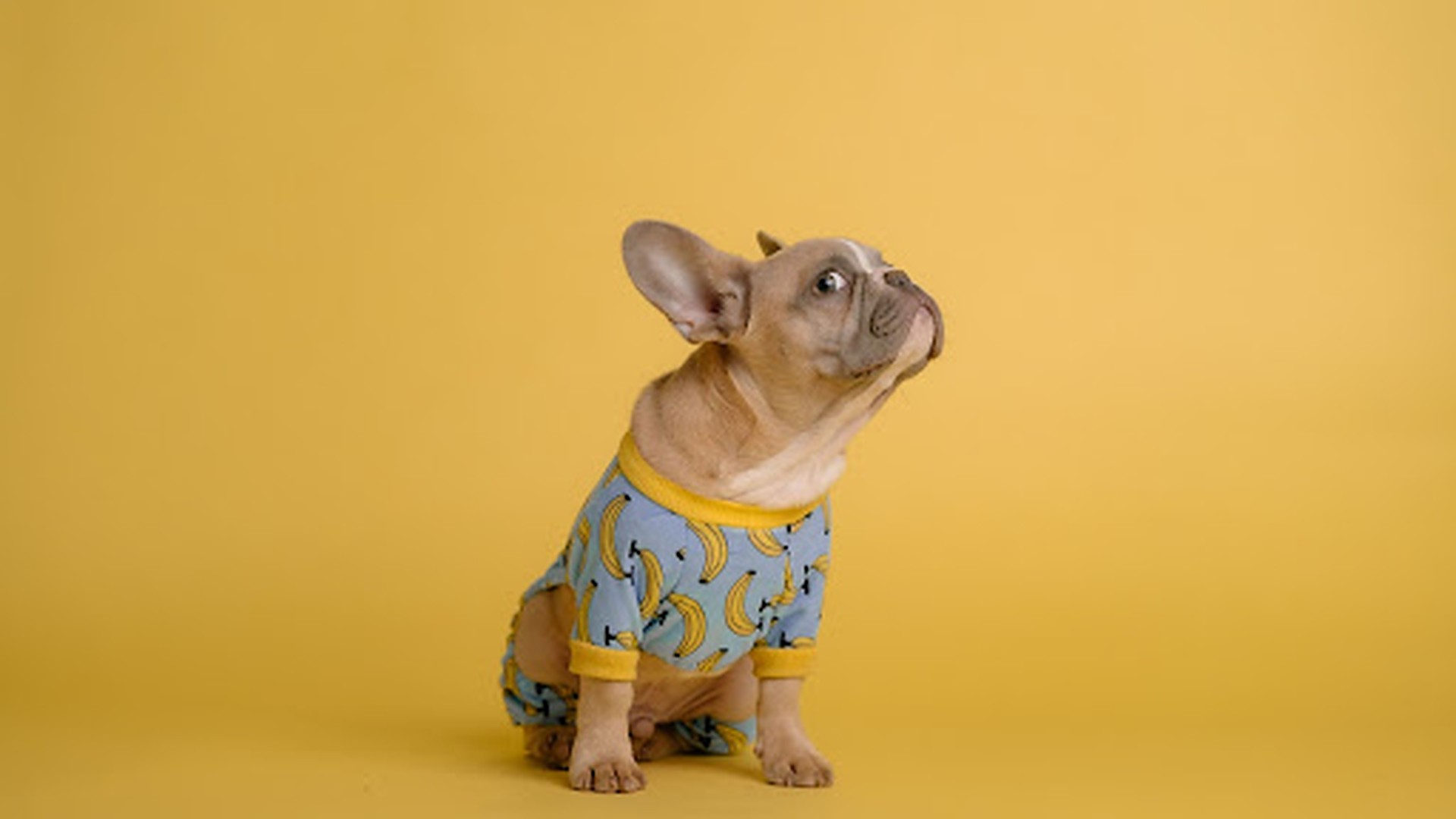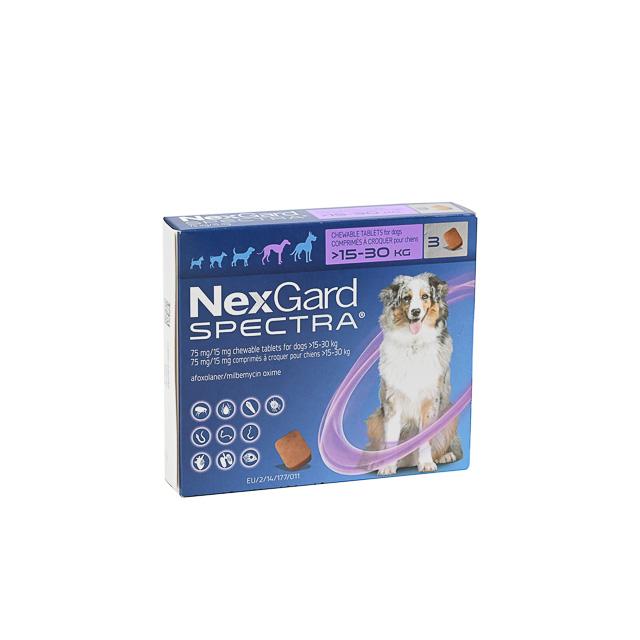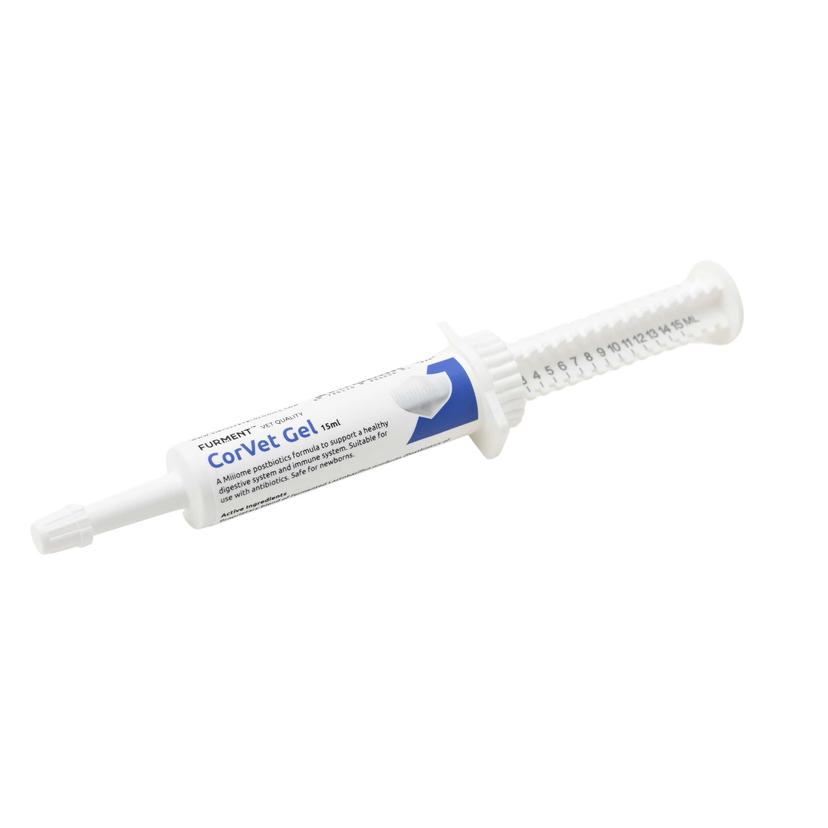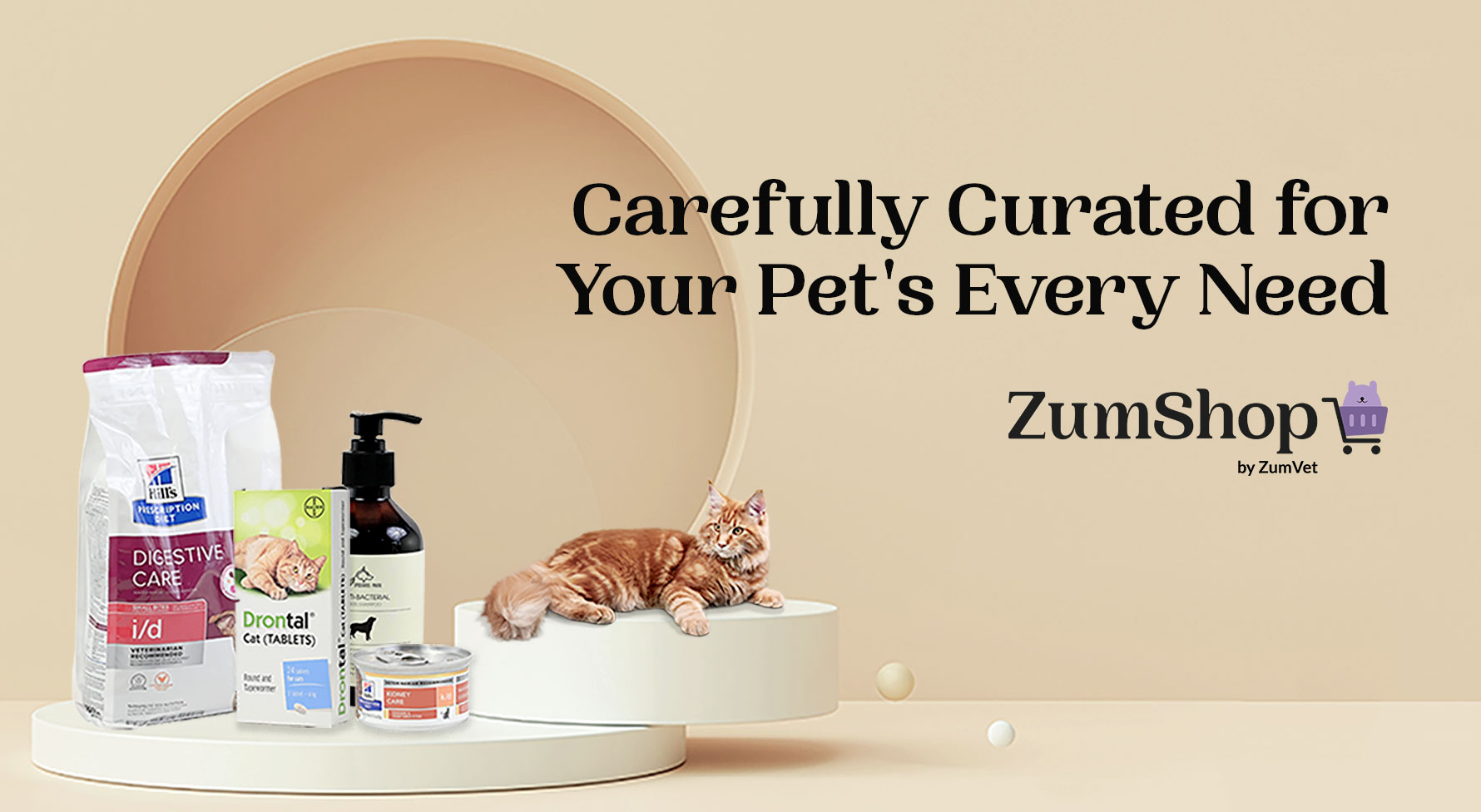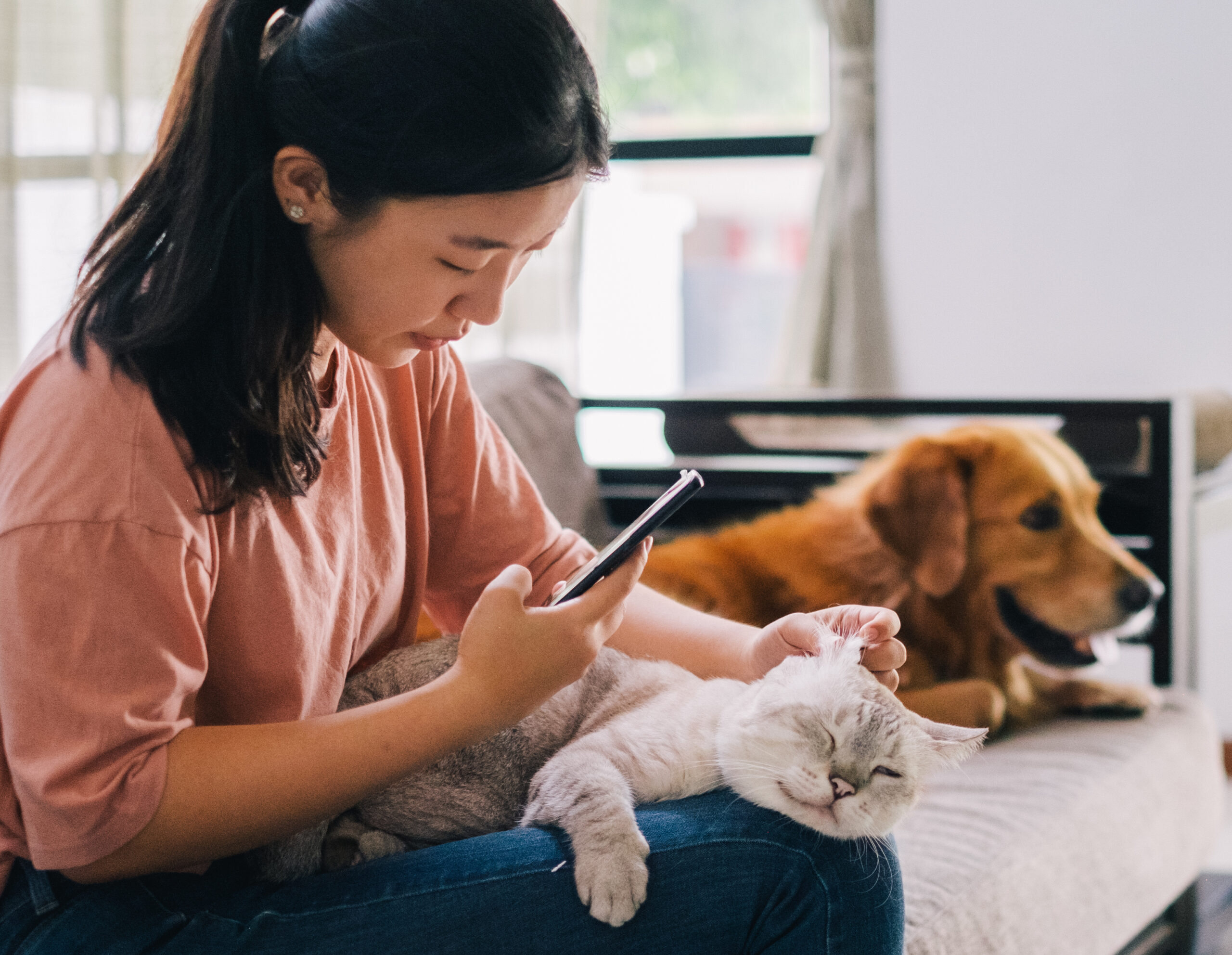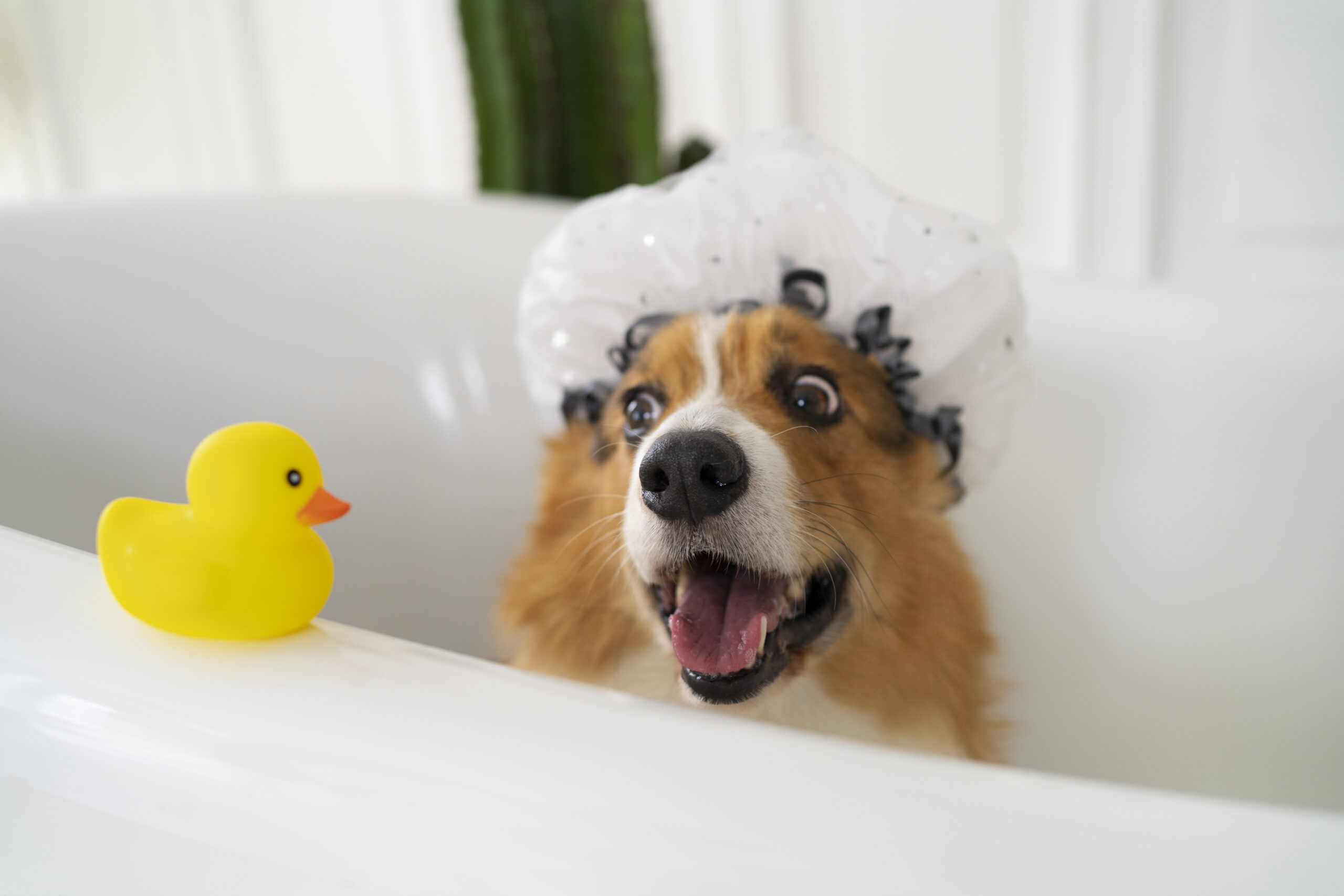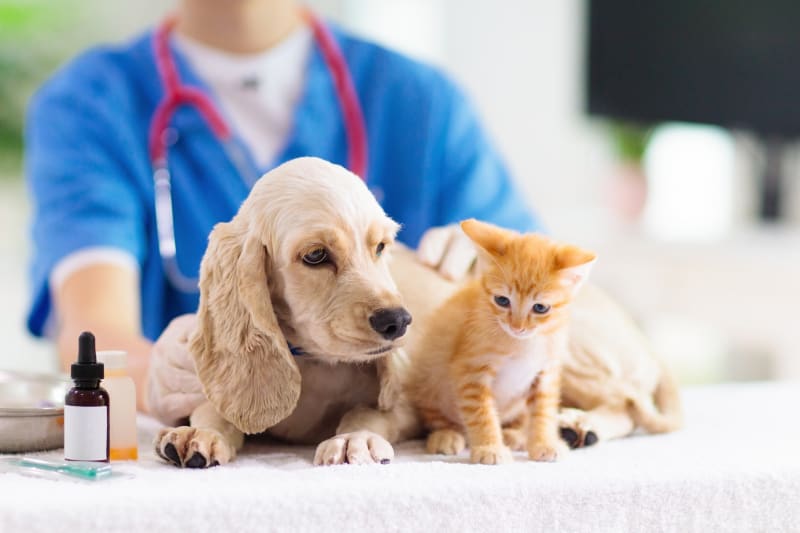Dogs are adorable creatures, and this is why they have been our best friends for thousands of years. Behaviorally, most dog breeds are usually very friendly and outgoing; however, they can do some quirky things if they are stressed out or anxious.One of these quirky behavioral traits, that has been popularized through internet memes and viral videos, is called the ‘side eye’, or its variation, the ‘whale eye’.
Dogs predominantly communicate through their body language, and eye movements are important when it comes to canine communication. For canines, their eyes truly are the windows into their souls, and the Side Eye can accurately tell you if your dog is happy or angry.
What’s a “Side Eye” in the first place?
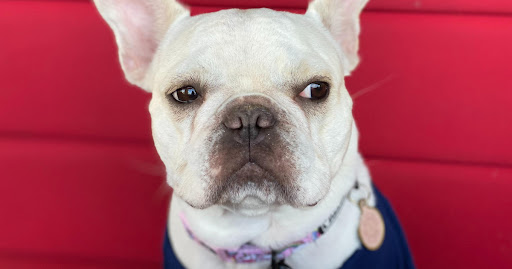
As the name suggests, the side eye usually occurs when a dog looks sideways without turning its head; when your dog does this, you can clearly see its sclera. The side eye can also transform into a ‘whale eye’ or a ‘half-moon eye’ when the exposed sclera of the eye makes a half-moon shape around the iris.
The side eye is a completely natural behavioral trait. Canines are protective and territorial by nature, and many of their behavioral traits can be attributed to this quality. The Side eye is not always a bad thing. At times, your furry friend may just be giving you an innocent glance, and the eyes of breeds such as Pugs, Boxers and Bulldogs are shaped in such a way that even an innocent glance can look like a side eye.
Additionally, a side eye can sometimes be a sign of playfulness or excitement, e.g., when your dog has a toy and looks up at you without moving its head, it will look like it is giving you the side eye, but it is actually just a sign that it acknowledges you and just wants your attention.
The side eyes that dogs give are often very similar to the sideways glare of a mischievous toddler. It has also been observed that certain breeds glare at their surroundings with a side eye while going to sleep.
Canines usually turn their heads away from other animals or humans as appeasement gestures, to project that they are not threats to anyone. That being said, if the turning of the head is accompanied with a side-eyed glare, it can be a sign that the canine needs its space. It can also be a warning signal that dogs give to indicate that they will attack if they aren’t left alone.
We will now talk about the 7 things that you need to be wary about when your dog shows you the side eye.
1. Body language
If your dog is in a bad mood, it’s alertness will heighten. In this state, a normal side eye can indicate mild irritation or annoyance, while a whale eye usually indicates that your dog is about to act in an aggressive way, and it may become violent.
The following body language indicators will confirm if your dog’s side eye is a major red flag.
- Its pupils are dilated.
- It is licking its lips.
- It is completely still.
- It is showing its teeth or gums.
- It is avoiding eye contact.
- It is growling softly.
- It is avoiding eye contact.
- Its ears are not relaxed (depending on the breed).
- Its tail is tucked in or held stiffly upright (depending on the breed).
- It is pacing frantically while panting.
- It is drooling.
Of course, if your furry friend is not projecting any of these body language signals towards you, you can assume it is just being playful or mischievous. But, if your dog seems to be in a bad mood, you need to look at the environmental stressors that may be triggering your dog’s anxiety.
2. Toys or objects that are triggering your pet
At times, your pet may be guarding something, like a chew toy or a bone, and you may get attacked if your dog sees you anywhere near its prized possessions. This can be especially dangerous for inquisitive toddlers who may not be able to pick up on your furry friends non-verbal cues.
If a toy or a random object is triggering your dog’s aggression, it is advisable to distract your furry friend with a treat or some food. You can then get rid of the toy/object while your pet is not looking at you.
If your dog is not easy to distract, it would be advisable to just leave it alone for a few hours. Only let your dog rejoin you when it is ready to abandon the object. Once it does, make sure to praise it for positive reinforcement.

Pro Tip
Never scold or discipline your dog if it acts aggressively after giving a side-eyed stare. This may aggravate your dog even more, and regular scolding may condition your dog to directly bite anything that it considers a threat without any warning. Dealing with your canine companion in a calm and patient manner will build mutual respect between you and your furry friend.
3. Toddler triggers
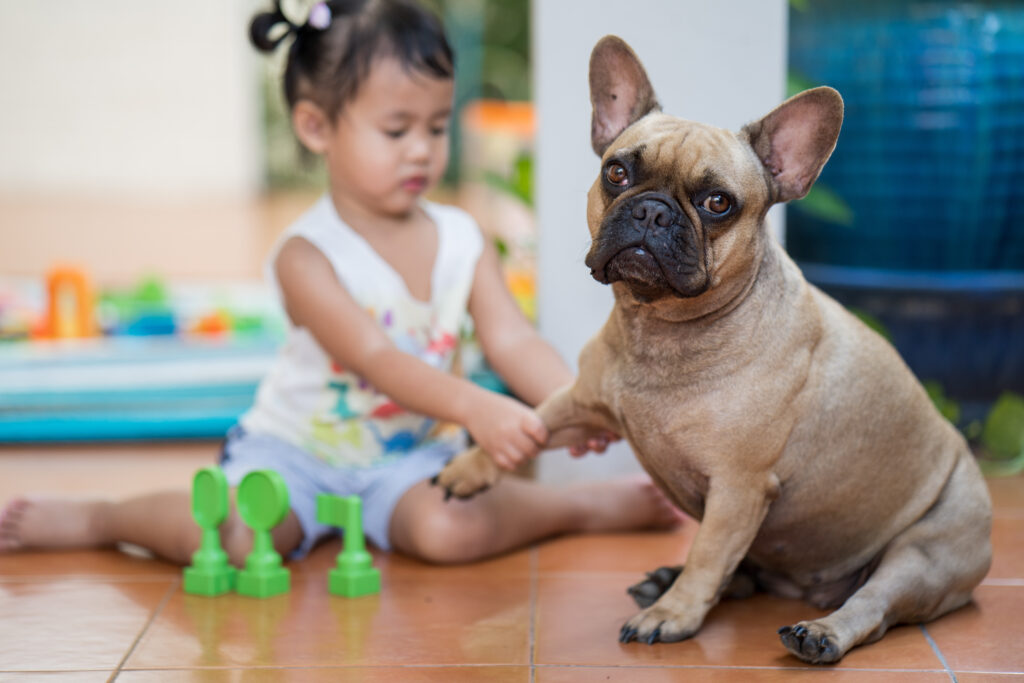
As mentioned earlier, small children don’t always pick up on the aggressive non-verbal cues that dogs project, and this may lead to an unsafe situation for both parties. If you have a child in your house, be very attentive when he/she is interacting with your pet. Your dog may tolerate your child touching it or invading its space for a while, but if it is giving a whale eye while playing with your toddler, it could be a sign of danger.
It is highly advisable that you keep your toddler away from your canine companion until it is fully trained and accustomed to your entire family. It is also advisable to provide proper pet care guidance to your children, so that they play with your pets in an appropriate way that doesn’t endanger them.
4. Dog feeding sessions

Some breeds may give you the side eye if you pet them or interact with them while they are eating, so be careful and give them their space during feeding sessions. Once you have placed your dog’s food in front of it, move away from it very slowly.
This may seem counterintuitive, but you should avoid petting your animal when it is stressed out or anxious, even if you are petting it gently. Dogs are just like us, at times even we hate it when the person who is triggering our anxiety touches us while we are vulnerable. If you are triggering your dog, the side eye is definitely a warning signal it is using to shoo you away.
5. New pets and strangers
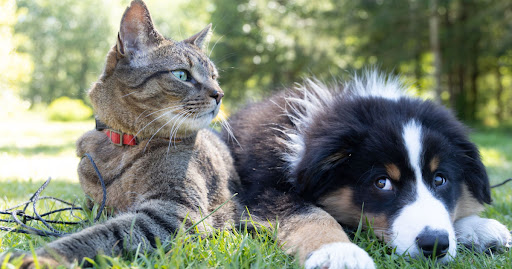
Dogs are territorial animals, and once they mark their territories, their protective instincts get triggered whenever a stranger or an unknown animal enters their surroundings. If your dog is side-eyeing a stranger or a new pet, it could be a warning signal that it doesn’t like its territory being invaded.
If your dog is triggered by strangers, you need to warn your guests and take all the necessary precautions before they enter your premises. Some breeds have a habit of guarding their owners, so it is advisable to maintain a suitable distance from your pet whenever you have guests at your home.
If you are introducing a new animal into your home, it is highly recommended that you separate it from your dog until you have fully trained your canine companion to be fully accustomed to the new pet.
6. New locations and situations
As mentioned earlier, dogs are territorial animals. If they can get aggressive when someone enters their territory, they can also become defensive when they enter an unfamiliar area or location, and this fear of the unknown can manifest as a side eye on some occasions.
If your dog is in a crowded area and giving strangers the side eye, slowly take your dog away from the crowd.
At times, your dog may be going through an uncomfortable experience, e.g., a vet appointment or a grooming session. In such a situation, it’s highly advisable to keep it on a tight leash or in a carrier if possible.

Pro Tip
If your dog is about to enter a stressful situation, try to calm your dog with a toy, a blanket or some treats. ZumShop has a variety of pet accessories and treats for dogs so be sure to check it out!
7. Illnesses or internal discomfort
At times, the factors that could be triggering your dog’s side eye may just be internal, and not external. It could be feeling unwell or physically uncomfortable, which is triggering its anxiety. A good indicator to determine if your dog is sick is the color of its sclera. If the whites of your furry friend’s eyes are actually red or yellow, you should consider visiting your vet immediately for a checkup.
While this may sound outlandish, there could also be a small possibility that your dog’s stress could be getting triggered due to mental health related causes. Certain breeds of dogs tend to suffer from chronic anxiety, and if your canine companion is one of them, there are certain anti-anxiety drugs that you could administer to calm your furry friend.
Since psychiatric medication is not prescribed to pets very often, your vet will have to thoroughly examine your dog and conduct several diagnostic tests to determine if your dog actually needs anti-anxiety medication. After a few in-depth consultations, these drugs should only be administered as per your veterinarian’s prescription

Pro Tip
Try the Adaptil Diffuser if your dog is constantly suffering from anxiety and stress. Adaptil’s clinically proven, vet-approved formulation releases dog appeasing pheromones (DAP) into your dog’s surroundings through a diffuser, which can reduce its stress hormone levels and help your dog to feel more relaxed.
Conclusion
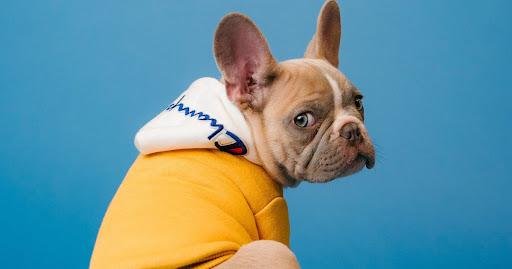
The side eye is mostly benign. But in some cases, it can be a major red flag. In such situations, you need to proactively judge its body language cues and its environmental stressors to calm it down and reduce its anxiety. At the end of the day, you need to respect your dog’s space if it is showing you the side eye in an aggressive way, as this is the best way in which you can build trust with your dog and gain its respect.
If your dog is constantly showing signs of anxiety or stress, we recommend that you consult with a qualified professional vet who can guide with some suitable handling techniques for your pet. You can also consult with your vet to determine if there are any health-related issues that are stressing out your furry friend. For in-depth behavioral, general wellness and medical advice for your pet, you can visit ZumVet to book a telephonic consultation with a qualified veterinarian.


